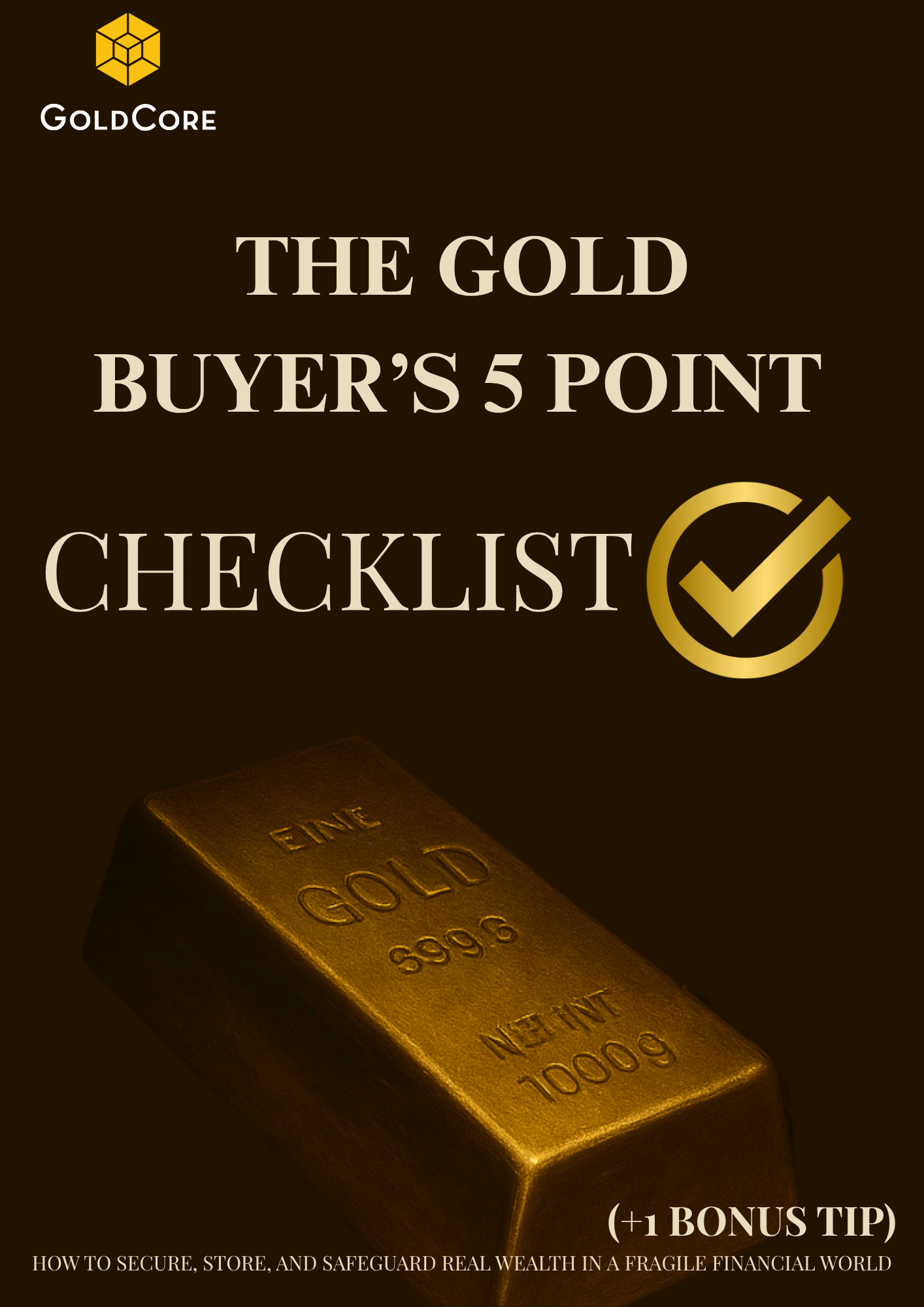The recent tariff scare in the gold market was a reminder that not all dramatic price moves are a sign of danger. The real risk to investors is not always visible in the headline chart. Understanding the difference between volatility and risk is one of the most important disciplines in precious metals investing. It is also the best way to ensure that a portfolio is built to withstand political, economic and market shocks.
Volatility is the temporary movement in prices. It can be sharp and unsettling, driven by sudden news, liquidity squeezes or changes in sentiment. Risk is the possibility of permanent loss or impairment of capital. The two are often confused. Investors see a large daily move and instinctively believe that their position has become unsafe. Yet in many cases, the volatility is simply noise that will fade, while the real risk lies elsewhere.
The gold market of late has offered a textbook case. A letter from US Customs and Border Protection to a Swiss refiner announced that one-kilogram and one-hundred-ounce gold bars would be subject to tariffs under Washington’s reciprocal trade policy. The ruling disrupted the normal flow of bullion from Swiss refineries into the United States, where it is converted into COMEX-deliverable bars. Within hours, the New York futures price jumped to over $3,530 an ounce and the spread over London spot widened to more than $100. For two days, the futures market was disconnected from the physical market it usually shadows.
Then, just as quickly, the disruption ended. President Trump declared on social media that “Gold will not be Tariffed!” Prices fell back, the spread narrowed and the immediate drama was over. For futures traders running thin-margin carry trades, the event carried real risk. It disrupted the economics of delivering into COMEX, forcing unwinds that could cause lasting losses. For ETF holders, it raised the possibility of settlement delays or substitutions. For owners of allocated, physical gold stored outside the banking system, there was no risk at all. Their holdings were unaffected by tariff codes or delivery bottlenecks.
This distinction has practical consequences for investors. Volatility can be uncomfortable, but if the underlying asset remains intact and accessible, it is rarely dangerous. Risk arises when access is impaired, ownership is challenged, or the asset’s value is permanently damaged. In gold, the key risk factors are counterparty exposure, concentration of custody in a single jurisdiction, and dependence on market claims rather than outright ownership.
There are three actions investors can take to reduce those risks. First, audit the form of your gold holdings. A portfolio statement that says “gold” does not guarantee that specific bars are allocated in your name. If your exposure is through ETFs, futures or pooled accounts, you are holding a claim on gold, not the metal itself. In a market disruption, those claims can be cash-settled, delayed or reallocated in ways you do not control.
Second, diversify custody and jurisdiction. Holding all your gold in one country exposes you to that country’s political and legal risks. As the recent early-August episode showed, a single administrative decision can make delivery into a market uneconomic overnight. Spreading holdings across multiple stable jurisdictions with strong property rights reduces exposure to such shocks.
Third, keep liquidity in reserve. Political or market noise can create price moves that are exaggerated relative to the fundamentals. Having cash available allows you to take advantage of those moves, buying when prices are temporarily depressed without having to sell other assets under pressure. This is where understanding volatility as opportunity, rather than risk, can improve returns over the long term.
Download Your Essential Checklist
The World Gold Council’s July data reinforce the point. London spot prices moved only 1.5 per cent during the month, ending near $3,376 an ounce. The stronger US dollar reduced potential gains by about two per cent. COMEX traders cut their net long positions by 30 per cent, which contributed to futures price weakness. Yet physical demand remained strong. Global gold ETFs added 15 tonnes, mostly in Europe and Asia, and central banks purchased 55 tonnes, led by China and Turkey. The underlying flows did not match the alarm in the futures market.
Political interventions in trade are becoming more common. Tariffs are applied and lifted within days, often as part of broader strategic positioning rather than coherent economic policy. Gold’s traditional immunity from such measures is not guaranteed. This makes it all the more important to hold it in forms and locations where policy shocks cannot trap, tax or confiscate it.
For the long-term investor, the key is to treat volatility with perspective. It is a feature of markets, not a threat to wealth in itself. Risk comes from structural weaknesses in how an asset is held. By owning allocated gold in secure jurisdictions, diversifying custody, and keeping liquidity to act during periods of noise, investors can turn volatility into a tool rather than a hazard.
We covered this topic in depth on our GoldCoreTV YouTube channel, including practical steps investors can take to safeguard their gold. Watch the full discussion here: GoldCoreTV on YouTube.
Buy Gold Coins

Buy gold coins and bars and store them in the safest vaults in Switzerland, London or Singapore with GoldCore.
Learn why Switzerland remains a safe-haven jurisdiction for owning precious metals. Access Our Most Popular Guide, the Essential Guide to Storing Gold in Switzerland here.
Receive Our Award Winning Market Updates In Your Inbox – Sign Up Here






